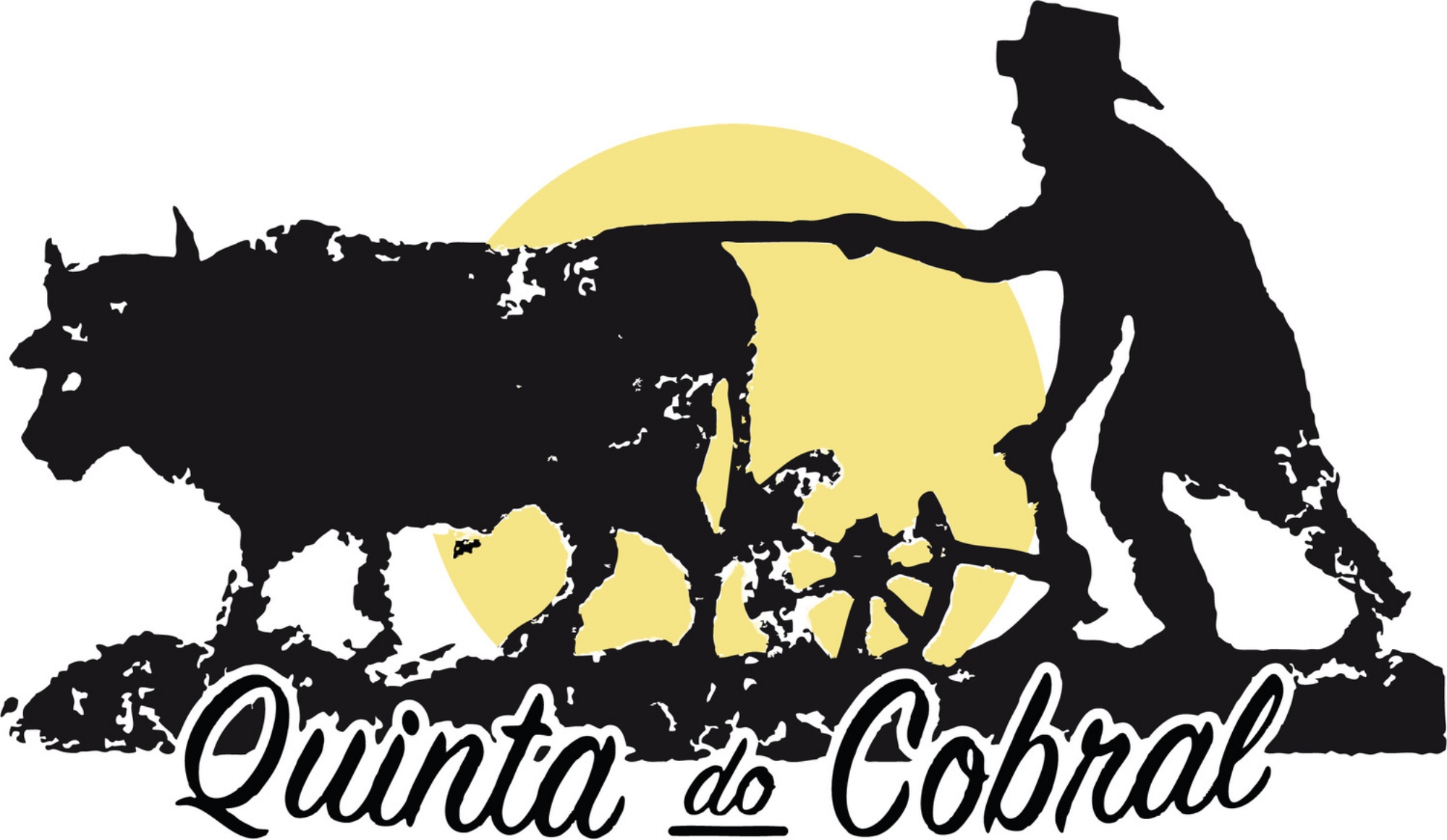The history of the Quinta
We do not actually know how old Quinta do Cobral is but we have been told that the main house was probably built 300 years ago. The kitchen, which housed an enormous bread oven and Casa da Bezerra were probably later additions - perhaps 100 - 150 years ago.
Young girl and oxen - 1957
Quinta do Cobral (used to be called Quinta da Carva) was the principal farm in the valley Cobral. It was used for growing cereal crops, maize and potatoes as well as other vegetables, fruit and olive trees. The terraces are large and flat making cultivation and irrigation easy by diverting the river at various strategic mill and weirs. The old irrigation systems can still be seen today, indeed some are still operational.
The house itself is very traditional in style but has the most incredible, huge, hand dressed stones making up the walls and lintels. The traditional farm layout was for the people to live on the upper floor while the animals lived underneath. This served a few purposes, keeping precious animals safe at night time, keeping them close to care for them and using the warmth from their bodies (and probably rotting manure) to keep the upper floors warm in winter. There was no internal staircase when we first came to the farm.
Many of the houses had verandas (ours had a small one which we enlarged), all had a big hearth in the kitchen with an overhanging chimney used to smoke hams and sausage as well as to cook and heat. The kitchen is the centre of private family life, the houses often contained a parlour (sala) for receiving guests.
Our farm has very high ceilings in the downstairs rooms which is unusual for Portuguese country houses and farms. This was because the lower floors were used to house the Oxen bulls which were bred here.
The Barrosa were domesticated cattle from North/Northwest Portugal. They were well known for their huge and very distinctive horns which could grow to over 100 cm in height. During the beginning of the 20th century they were numerous, over 200,000 animals were registered at this time however, due to the industrial revolution, the appearance of machines to do the work of the oxen and more man-made breeds (more productive for milk and meat production) they started to become rarer.
Casa da Bezerra was used to house the cows and calves downstairs and migrant farm workers upstairs - it was also probably used for food drying and storage. You can still see marks and indentations in the “Rock” of the little house where there would have been feeding troughs and partitions.
The area
There are many beautiful historic villages in the area. Within the setting of the Serra da Estrela Natural Park and its wonderful valleys and rivers its impossible not to discover numerous tracks and small roads that go through some of the most lovely old cobbled villages taking you right back in time. These villages, some of them tiny and almost uninhabited played a big part in rural life, indeed the ones near the border with Spain were strategic posts for territorial defence and the resulting fortifications are everywhere. The border with Spain is now the oldest border in Europe and many rulers through the years build castles and walls, granted charters and gave privileges to those who established themselves in these areas. Each victory against the marauding enemy was viewed as a miracle and very quickly chapels and churches were built to celebrate. Each event gave rise to more legends and stories and this rich layering of life coupled with the day to day struggles of small rural communities makes Central Portugal the wonderful place it is today.




